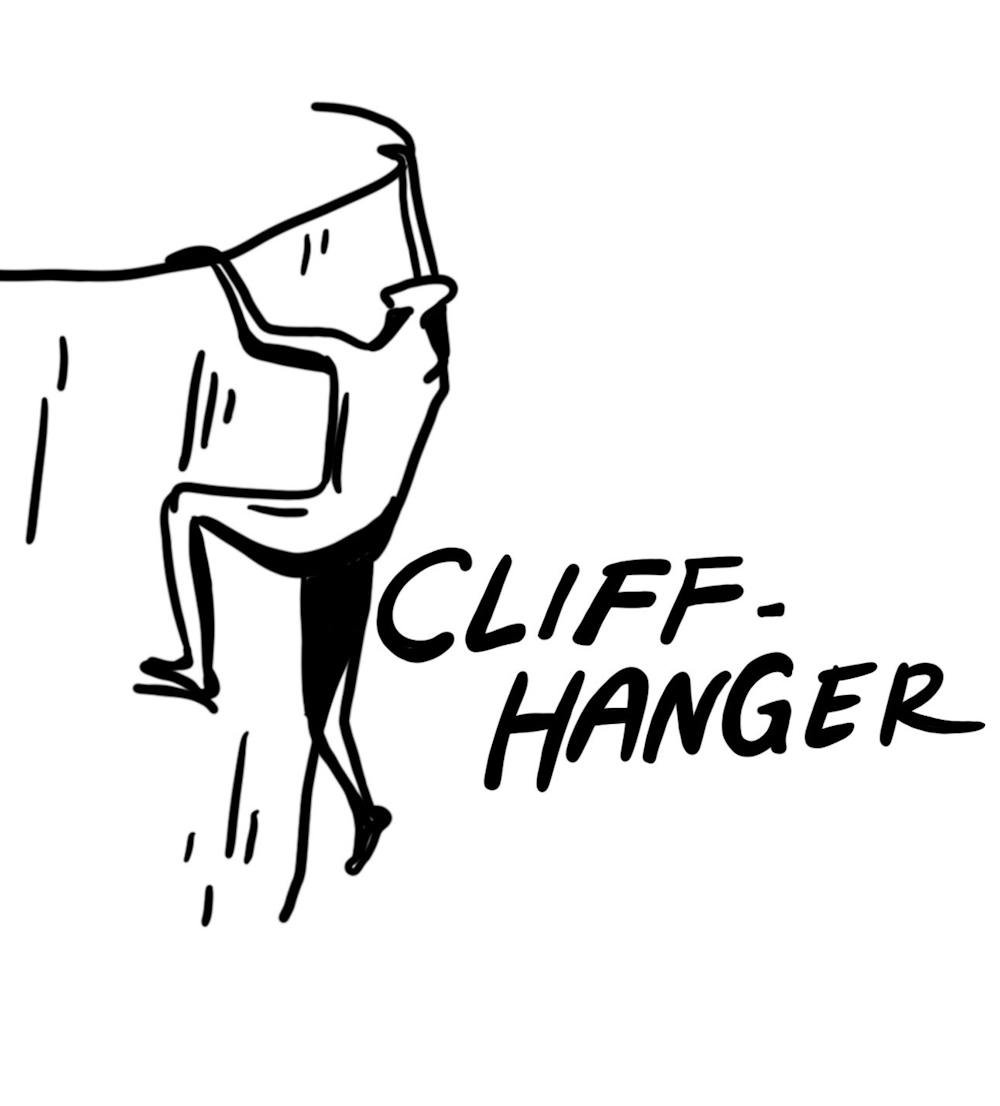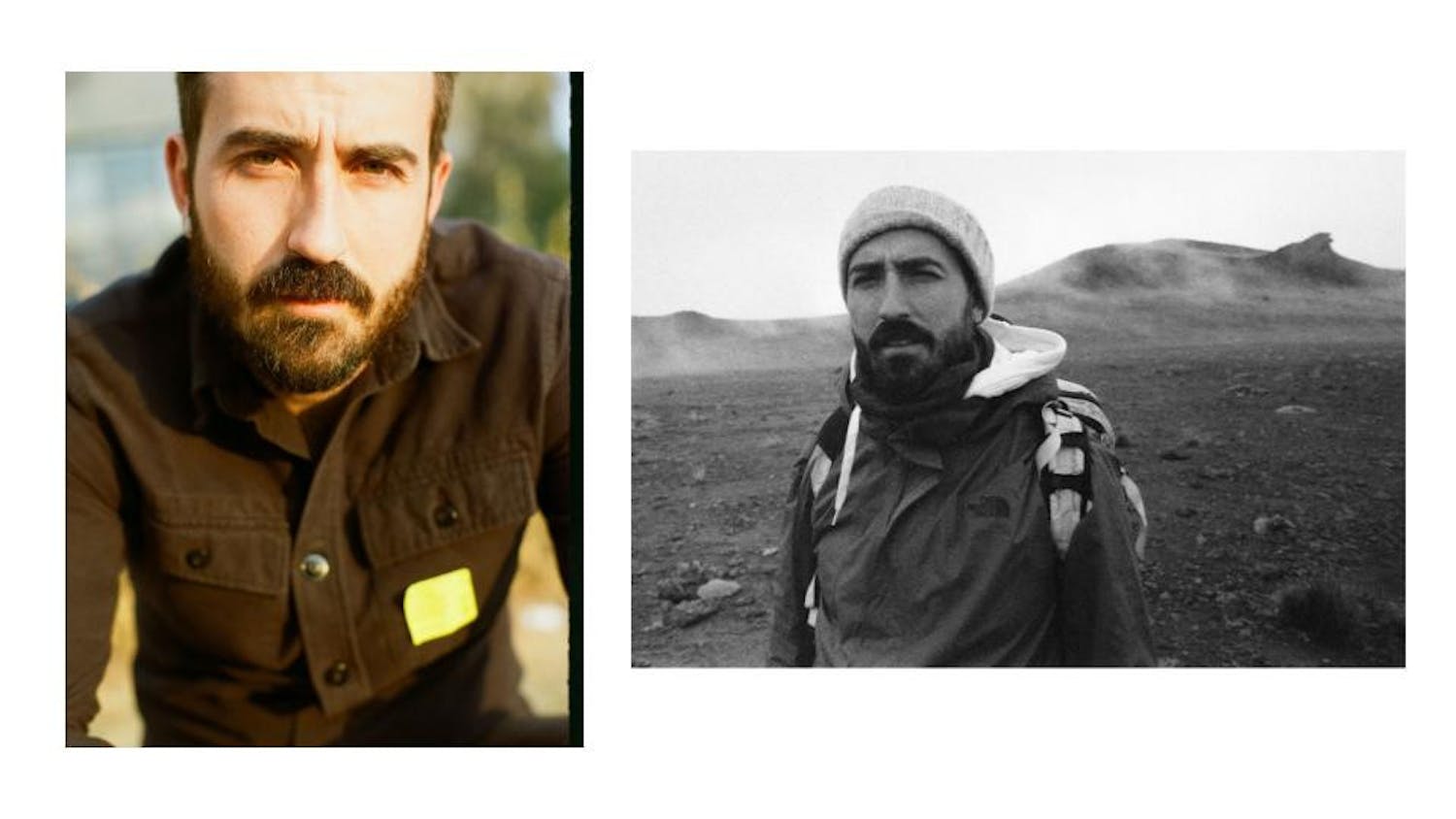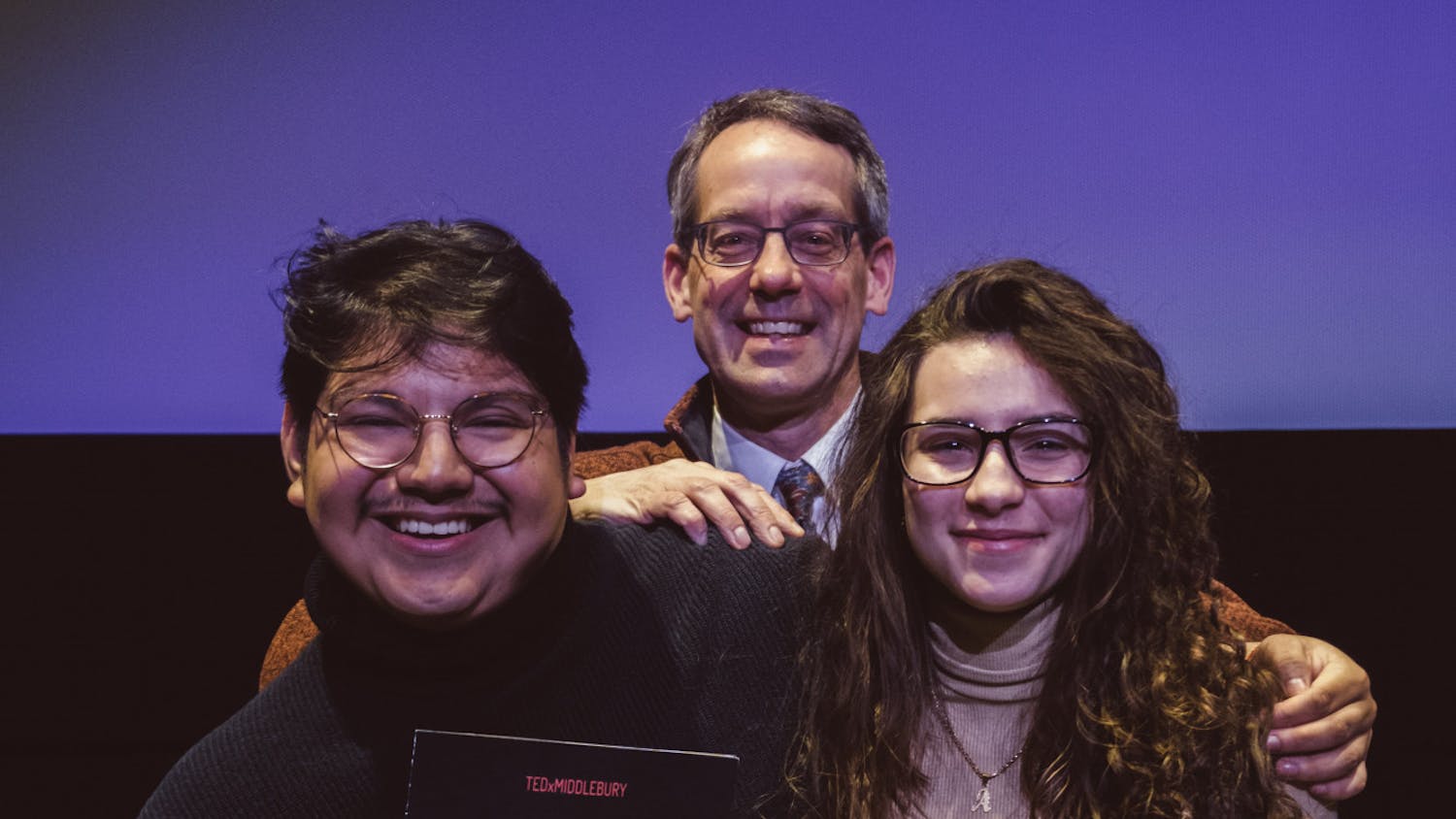The most successful outdoor films tend to focus on the “firsts” of the outdoor world: first ascents, remarkable survivals, free solos. This genre is dominated by white men, reflecting how the individual experiences of traditionally marginalized groups in outdoor spaces are often overlooked. The accomplishments of these marginalized groups are often overshadowed by films with million-dollar budgets that focus on the names and places that audiences already know. In reality, the ability of ordinary people to thrive in outdoor spaces is just as remarkable. Public lands are one of the few places in our world that are, in theory, “free.” Yet for millions of Americans, the barriers to entry into the outdoors are still extremely high.
Launched in 2013, The Outbound Collective is a community of diverse nature lovers that believe in creating a “modern outdoors.” “The concept of being colorblind to us just doesn’t resonate. We want to live in full color, you know, we want fully saturated lives,” said Outbound Collective Co-Founder and CEO Brian Heifferon of the company’s ideology.
The Collective’s articles and films reflect that saturation. Their website features articles titled everything from, “Pronouns Matter, Especially in the Outdoors” to “Review: Outdoor Research Shadow Insulated Hoodie.” In 2020, The Outbound Collective partnered with HOKA ONE ONE to produce a series of seven short films in a campaign called #EveryoneOutside. The films range from two to 15 minutes in length, and each highlights the story of a diverse leader of an outdoor organization. The films don’t have high budgets, celebrity casts or action-packed plots — characteristics that are typically the keys to success in the outdoor film market. All are available to watch for free on YouTube, where they average only a few thousand views. Yet their themes are just as — if not more — relevant as their more widely-consumed competitors.
By telling individual stories within the greater context of the outdoors community, each short film sheds light on the intersection between personal and generational trauma. As individuals describe their struggles, the camera shows breathtaking views and overlays orchestral music. The effect is a reminder of the sense of welcome that nature provides, regardless of outside distractions. As interviewees recount past traumas, the films show them in action: hiking, fly fishing and climbing, doing what they love, rather than just showing a standard well-framed headshot. “Even when I was just clinically depressed, I didn’t know what to do and there wasn’t just this ready available answer. I went out and fished for a little bit, and I didn’t find an answer, but I got to be out in nature and fish,” Jahmicah Dawes said in her interview with The Outbound collective. Dawes is the first Black owner of an outdoor gear store in the United States. Using action as a mode of healing is perhaps also a metaphor for how audiences should cope with and progress on social injustices.
Despite their individual focus, each film connects its story to a larger intersectional theme. The films convey this larger focus by explicitly mentioning issues like climate change, but also by interweaving landscape shots and descriptions of nature. Often, the camera shows landscapes in the background of the individual being interviewed. Closeups of fly-tying and a river, for example, intersect these landscapes. When outdoors, it’s easy to be baffled by the scale of life itself. Similarly, the scale and multitude of struggles that can exist for traditionally marginalized peoples in the outdoors are seemingly infinite. For example, runner Lesford Duncan still grapples with his mother’s absence during his childhood while also experiencing the nationwide fear instilled by stories like that of Ahmaud Arbery and George Floyd. “I just looked out over San Diego to kind of ground myself and get perspective. And what I saw was that powerful healing effect and resilience building effect of being in the outdoors in my life, and helping me overcome a lot of the adversity that I had experienced in my childhood,” he said in an interview with The Outbound Collective.
It would be easy to create short films that document the struggles of marginalized people in the outdoors, but depicting their joy is more empowering. A shot of a woman laughing as a fish splashes her in the face, and one where an ecologist cries tears of joy after witnessing someone see their first grizzly bear, are extremely valuable. Scenes flash from laughter to gorgeous views, once again reminding audiences of the ability of nature to catalyze happiness. Interweaving moments of joy with intense sadness heightens the audience’s perception of the strength required to thrive in those spaces, and the beauty that comes with it.

Maggie Bryan '25 (she/her) is the Senior News Editor.
Maggie is a senior at Middlebury, majoring in Environmental Policy and French. She previously held roles as Senior Arts and Culture Editor, Arts and Culture Editor, and Staff. During her free time, she loves running, listening to live music, drinking coffee, and teaching spin classes. She is from Chapel Hill, North Carolina.




